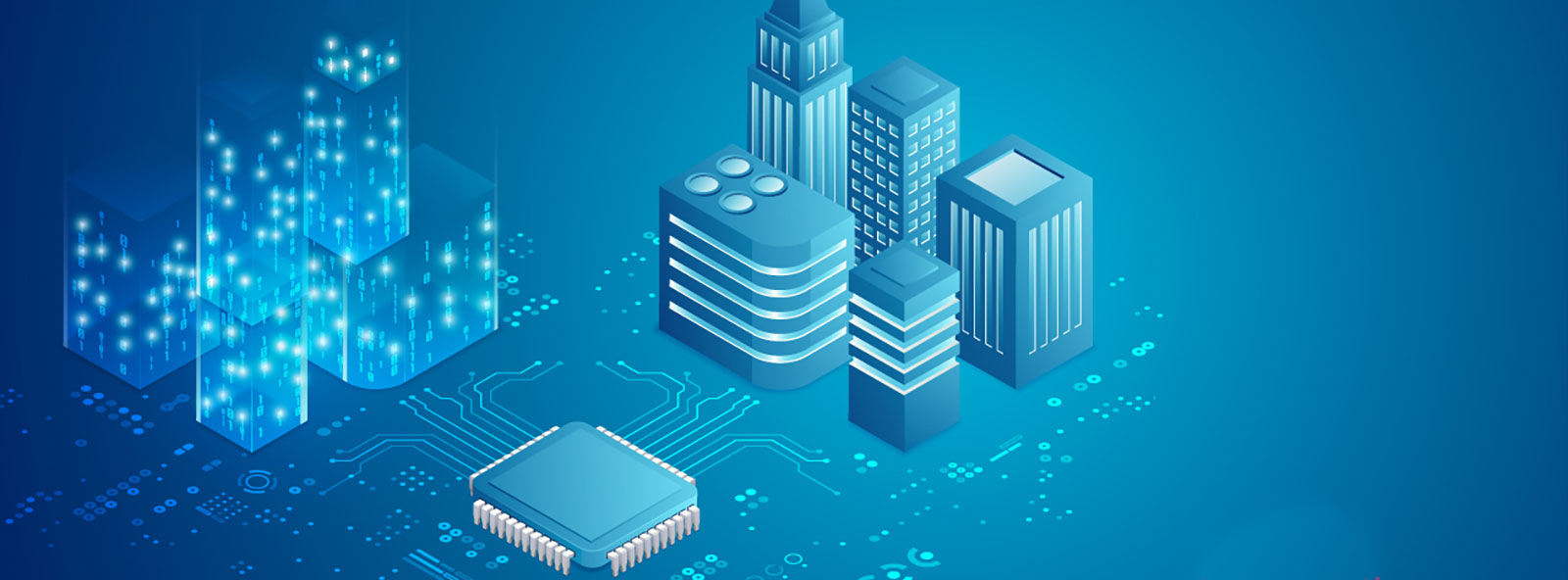
What is the value of digital twins across key vertical industries?
To understand why digital twins are important, we break down the value of digital twins by industry as they correspond with DTC Working Groups.
Aerospace & Defense
Digital twins support the complete lifecycle of defense industries. They improve the performance of airplanes, ships, spacecraft, ground vehicles, satellites, and infrastructure. They accommodate military-grade cybersecurity and protection. Twins deliver value to A&D by enabling faster decision-making that is….
- Driving operational efficiency in manufacturing
- Integrating the perspective of DevSecOps
- Optimizing safety and security while mitigating risks
- Providing a holistic view of tasks in real-time
- Accelerating the development of new solutions
Agriculture, Food & Beverage
Digital twins are increasing the global sustainability of the agriculture and aquaculture lifecycles. By improving the food supply chain, they have a direct impact on improved regeneration, nutrition, and food security. Twins optimize all phases of the AF&B value chain from field to fork, by…
- Ensuring proper conditions for crop growth, i.e. soil analysis, weather monitoring
- Tracking and management of livestock, fish hatcheries, etc.
- Optimizing production, growth and quality
- Managing resource consumption and regulations
- Detecting areas of deficiency in the supply chain
Architecture, Engineering, Construction & Operations (AEC&O)
Thanks to careful planning that begins at the design phase, the data generated by today's buildings are keeping people safe and healthy. Digital twins drive operational efficiency for AEC&O enterprises that comprise building, maintenance, and smart city ecosystems, by…
- Optimizing all construction lifecycle elements, i.e. safety considerations and costs
- Assessing smart building analytics and as-built predictive data to ensure building performance
- Determining the impact on the circular economy, overall sustainability, and decarbonization
- Delivering accurate design and documentation for cross-domain reference
- Streamlining and automating operational processes
Fintech
Value in the Financial Technology world trends towards intangibles and FinTech digital twins work on domain-agnostic levels. Regardless, digital twins are having an immediate impact on the corporate bottom line by working at multiple levels of the enterprise. They deliver the promise of more efficient FinTech operations, through capabilities such as…
- Modeling of fintech elements from transactions through to regulations
- Ensuring formal verification and validation of transactions
- Delivering compliance and regulatory efficiency
- Streamlining processes and ensuring interoperability
- Navigating security challenges
Healthcare & Life Sciences
The H&LS value chain comprises pharma, medical device manufacturing, healthcare systems, and facilities. Digital twins are tasked with doing something that has never been done before - linking together all of these disparate systems and networks. This creates operational efficiencies that ultimately improve patient outcomes, by…
- Improving manufacturing and supply chain R&D for medicines and medical devices
- Planning for facilities operations, i.e., reducing expenses and meeting sustainability goals
- Enabling rapid decision-making on both the business and patient-care sides
- Improving all aspects of the patient's journey, from wait times to treatment times
- Defining solutions for data sharing while ensuring proper governance (Privacy, HIPAA, etc.)
Manufacturing
Digital twins improve performance and quality across the discrete and process manufacturing value chains. Twins enable a more holistic approach to asset management in areas such as machining, casting, molding, and so on, which reduces costs and increases uptime by…
- Accelerating production by identifying deficiencies early and real-time troubleshooting
- Enabling advanced visualization, IoT data capture, and analytics for quality control
- Reducing energy consumption and improving sustainability and environmental impact
- Decreasing costs by improving operational efficiency across the supply chain
- Leveraging geospatial data for faster and better informed decision-making
Mobility & Transportation
Today, Mobility & Transportation technologies comprise the circulatory system of the global economy. By speeding decision-making, simplifying analytics, and automating problem remediation, digital twins are maximizing efficiency in M&T while minimizing the use of resources. They do this by…
- Providing better data to meet the demands of constantly changing ESG regulations
- Enabling autonomous problem solving to enhance navigation control, cargo management, etc.
- Optimizing travel through situational awareness, traffic management, and advanced scheduling
- Improving the public transportation experience through infrastructure and safety advancements
- Managing sustainability across the value chain and reducing carbon emissions
Natural Resources
Digital twins have an immense impact on all phases of energy delivery, from engineering and design to deployment and operations. This accelerates our ability to bring renewable energy sources to market while making legacy methods cleaner, more cost-efficient, and more sustainable. From oil & gas to alternatives, digital twins are delivering value by…
- Improving energy production by predicting and detecting failures, and improving safety
- Increasing operational efficiency, yielding more sustainable communities
- Tracking toxicity, managing water consumption, and ensuring safety and efficiency of processes
- Making renewables more efficient and accessible, including solar, wind, geothermal, and hydro
- Predicting and reacting quickly to natural disasters
Telecommunications
In the Telecommunications industry, the digital twin -- with its ability to manage big data -- is ideally suited to provide a 360-degree view of network performance and usage patterns. Billions of data points collected from around the globe enable ideal data for meaningful analytics. Digital twins deliver value by:
- Optimizing coverage, yielding amore accurate analytics, and effective management approaches
- Visualizing, testing, and capacity planning of operational initiatives during development phases
- Enabling precise performance monitoring, analytics, and location intelligence
- Improving performance and sustainability of smart cities, i.e. power sources, network backbones
- Quickly responding to natural disasters with location identification and crisis resolution
